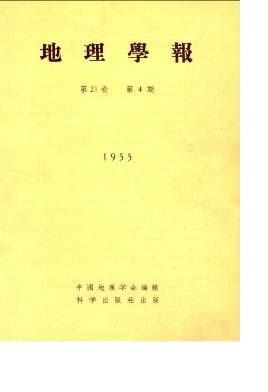Yeh Yung-i
The Huangho (Yellow River), being 4,845 km long and draining an area of 738,000 km2, was for a long time known as the "Sorrows of China", but since the Liberation, it has well been controlled. A preliminary plan for the develop-ment of drainage beein has now been completed and the establishment of the San-men-hsia reservoir is being devised as one of the first 6-year plan items ready for construction. The present paper is nothing more than a few notes taken from hydrological researches required for the planning.
